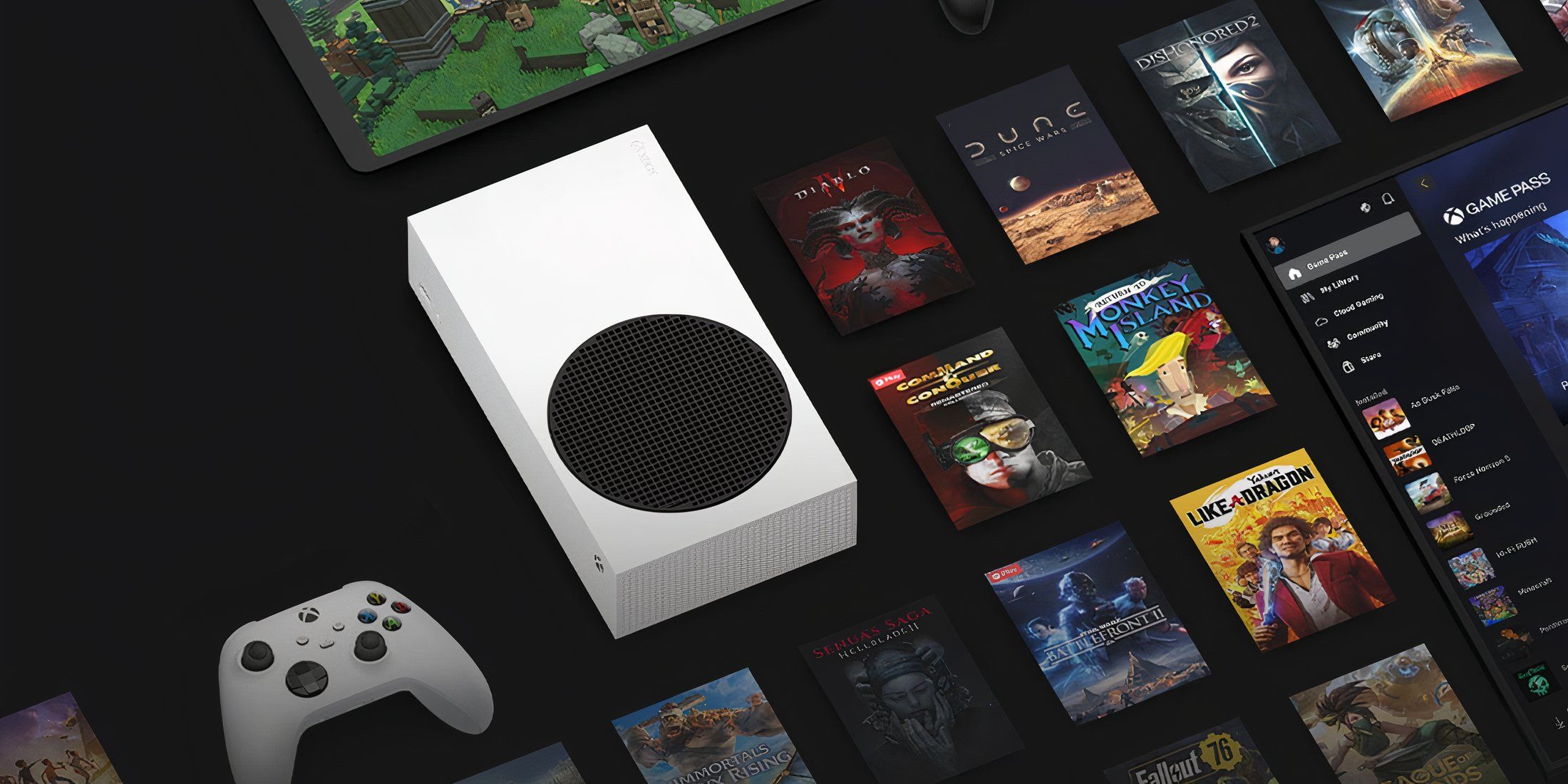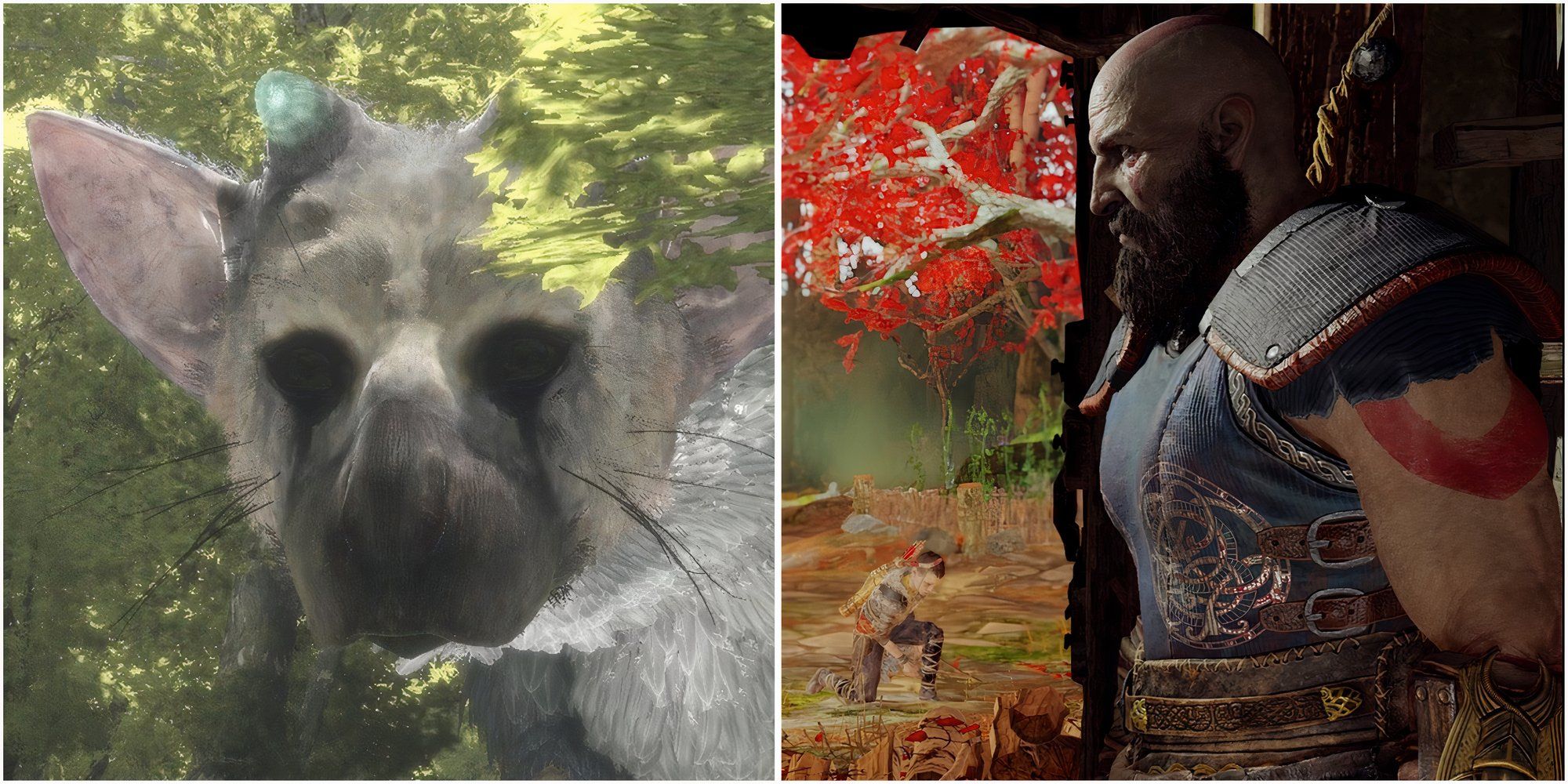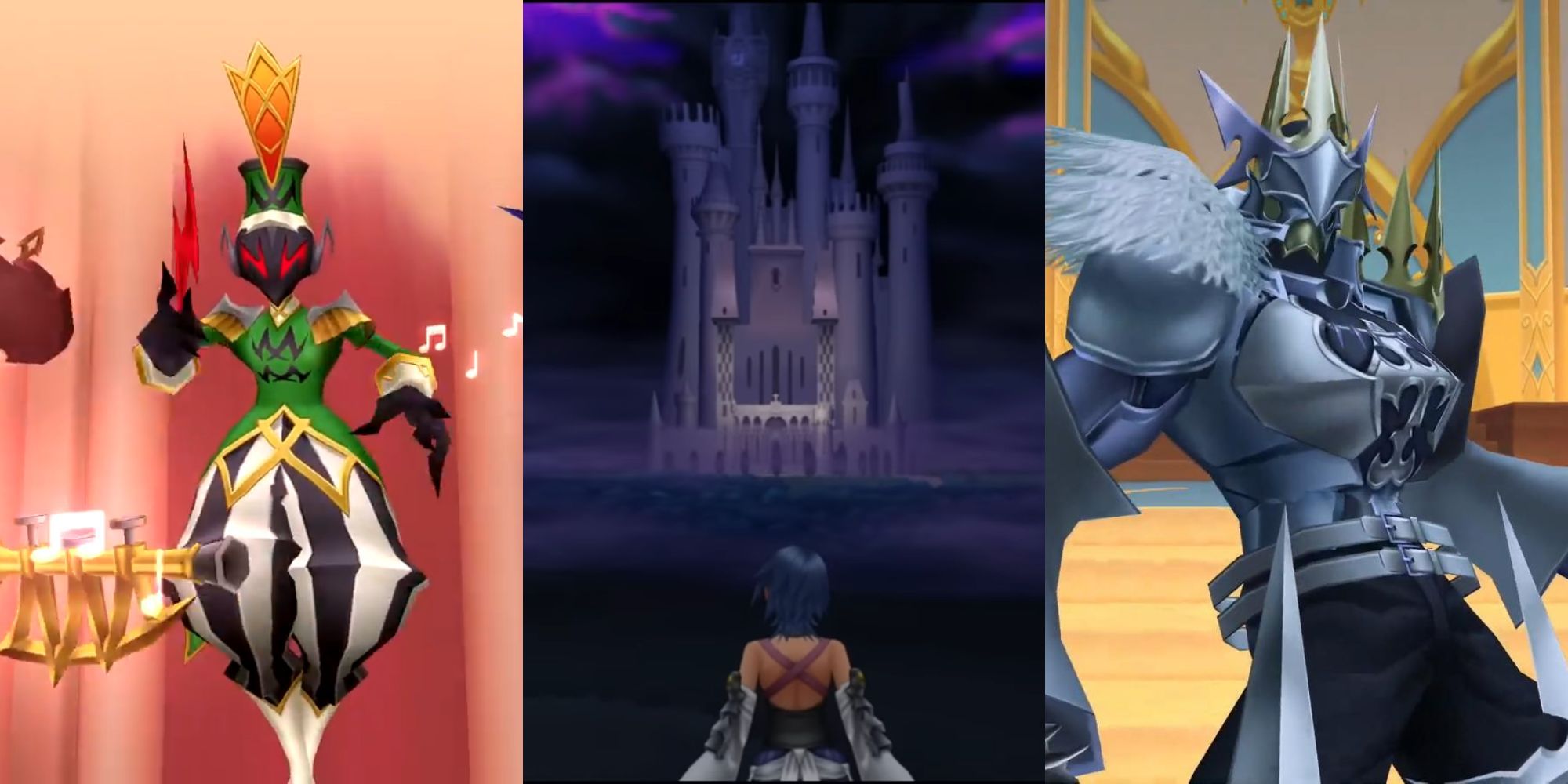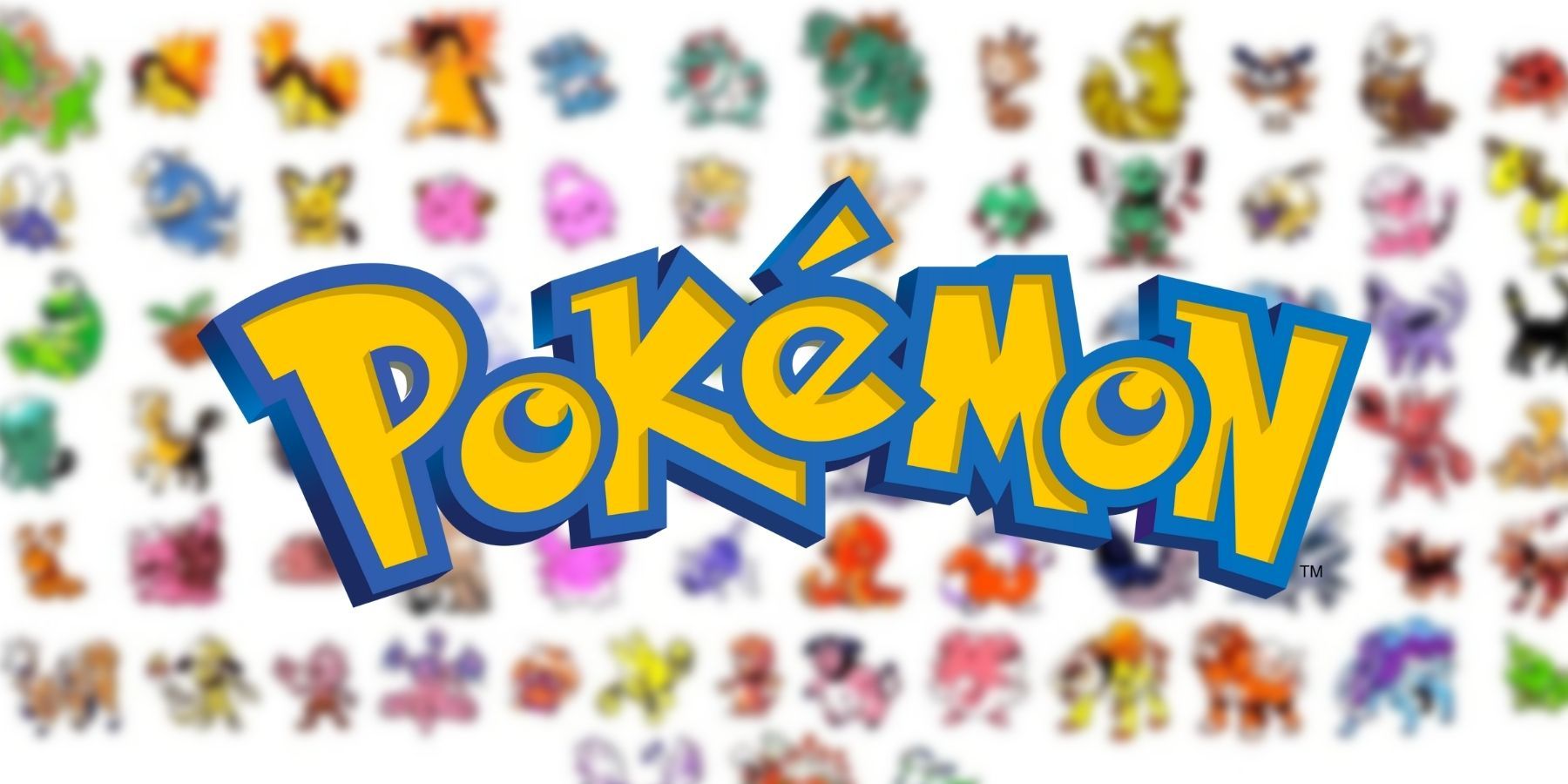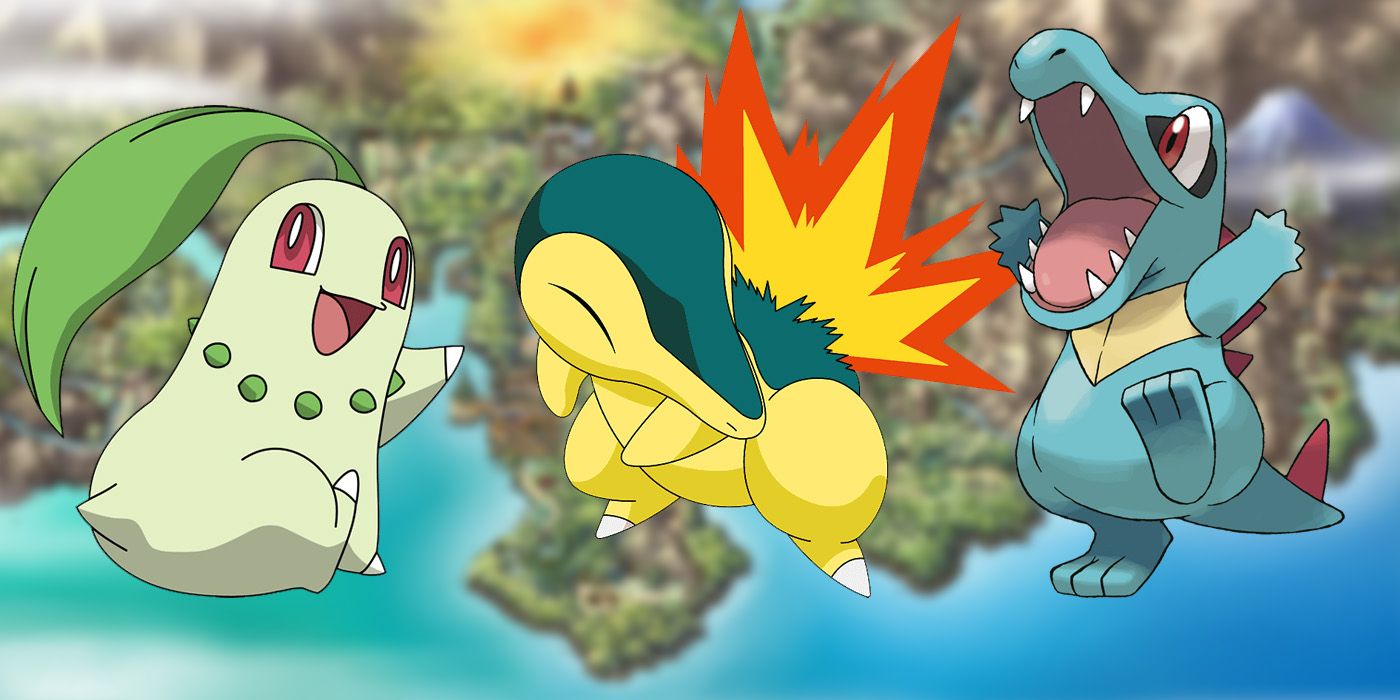The Pokemon franchise has built itself up on an expanding list of hundreds of pocket monsters. From the most harmless Magikarp to godly beings such as Arceus, nearly a thousand creatures have been created over Pokemon's remarkable 25 year history. Players have spent just as many years trying to catch them all, a feat which has grown increasingly difficult to accomplish as the total amount of Pokemon has ballooned over the years. Nevertheless, the introduction of each new Generation has continuously motivated gamers across the globe to become the Pokemon Trainer of their dreams.
Pokemon Red and Blue laid a very good foundation for future installments with Generation 1, a foundation that Game Freak intended to build on very quickly with Generation 2. Featured in Pokemon Gold and Silver, Generation 2 maintained many of the same game mechanics as Gen 1, while making a handful of tweaks and quality-of-life improvements. One of the biggest new features proved to be the addition of 100 new species of Pokemon that existed alongside many of the same creatures from Gen 1, which would begin the franchise tradition of an ever-expanding Pokedex over the next 25 years.
How Generation 2 Builds On The Success Of Generation 1
With the very first Generation of Pokemon, the franchise had begun to feel out its visual aesthetic and overall design philosophy for the Pokemon themselves. Many of the design trends that were established in Generation 1 carried over into Generation 2, with many pocket monsters resembling real-life animals. There was a clear growth in creativity with Gen 2, however, and the Pokemon from Gold and Silver have managed to remain some of the most beloved and unique over the franchise's long history as a result. The Pokemon belonging to Generation 2 are as follows:
- Chikorita
- Bayleef
- Meganium
- Cyndaquil
- Quilava
- Typhlosion
- Totodile
- Croconaw
- Feraligatr
- Sentret
- Furret
- Hoothoot
- Noctowl
- Ledyba
- Ledian
- Spinarak
- Ariados
- Crobat
- Chinchou
- Lanturn
- Pichu
- Cleffa
- Igglybuff
- Togepi
- Togetic
- Natu
- Xatu
- Mareep
- Flaaffy
- Ampharos
- Bellossom
- Marill
- Azumarill
- Sudowoodo
- Politoed
- Hoppip
- Skiploom
- Jumpluff
- Aipom
- Sunkern
- Sunflora
- Yanma
- Wooper
- Quagsire
- Espeon
- Umbreon
- Murkrow
- Slowking
- Misdreavus
- Unown
- Wobbuffet
- Girafarig
- Pineco
- Forretress
- Dunsparce
- Gligar
- Steelix
- Snubbull
- Granbull
- Qwilfish
- Scizor
- Shuckle
- Heracross
- Sneasel
- Teddiursa
- Ursaring
- Slugma
- Magcargo
- Swinub
- Piloswine
- Corsola
- Remoraid
- Octillery
- Delibird
- Mantine
- Skarmory
- Houndour
- Houndoom
- Kingdra
- Phanpy
- Donphan
- Porygon2
- Stantler
- Smeargle
- Tyrogue
- Hitmontop
- Smoochum
- Elekid
- Magby
- Miltank
- Blissey
- Raikou
- Entei
- Suicune
- Larvitar
- Pupitar
- Tyranitar
- Lugia
- Ho-Oh
- Celebi
While Generation 2 may be a distant memory in the overall history of Pokemon, it had a tremendous effect on the trajectory of the franchise as a whole. Pokemon Gold and Silver were the first entries to introduce unique Legendaries to each game, and it also retroactively added new "baby" evolutions for Pokemon from Gen 1. Many of these Pokemon have been featured repeatedly in future Generations, with the Fire starter Cyndaquil being one of the available starters in the upcoming Pokemon Legends: Arceus. As the Generation that kept the ball rolling for the Pokemon franchise, Generation 2 will remain one of the most important for years to come.

